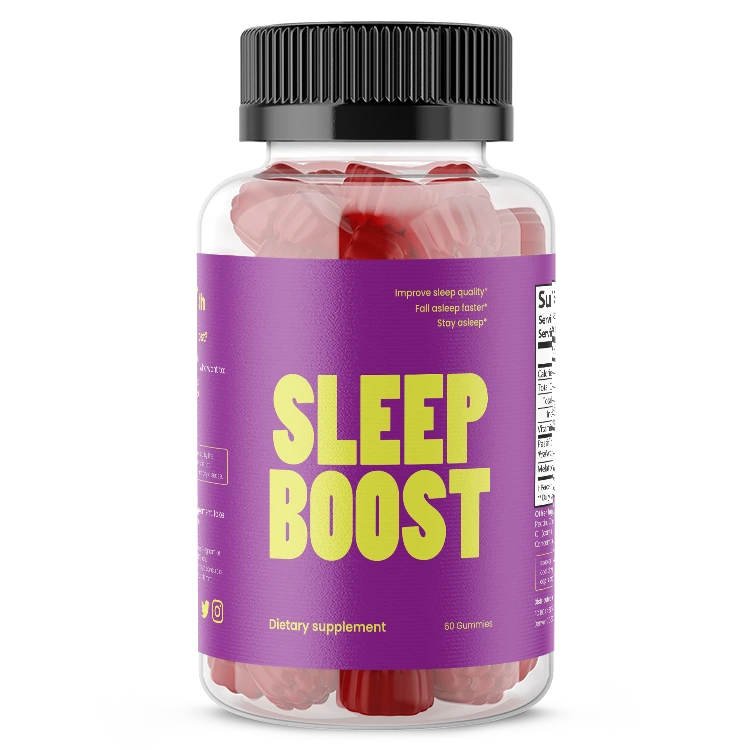Dysmenorrhea refers to the pain associated with menstruation. Many women experience some degree of menstrual cramps at various times in their lives, but for some, this pain can be severe, disrupting daily activities and wellbeing.
Types of Dysmenorrhea
Dysmenorrhea is classified into two main categories:
Primary Dysmenorrhea
This is common menstrual cramps and is not associated with any other medical conditions. These cramps typically begin 1-2 days before menstruation and may last from 2 to 4 days. The pain usually subsides as a woman's period ends.
Secondary Dysmenorrhea
This is pain caused by a reproductive health issue, such as endometriosis or pelvic inflammatory disease.
Causes of Dysmenorrhea
During a woman's menstrual cycle, the uterus contracts to help expel its lining. Hormone-like substances, known as prostaglandins, involved in pain and inflammation, trigger these uterine muscle contractions. Higher levels of prostaglandins are linked to more severe menstrual cramps.
Secondary dysmenorrhea may be caused by:
- Endometriosis
- Uterine fibroids
- Adenomyosis, where the tissue that lines the uterus grows into the uterine walls
- Infection in the reproductive organs
- Pelvic inflammatory disease (PID)
- Use of certain types of intrauterine devices (IUDs)
Symptoms
While the primary symptom of dysmenorrhea is pain in the lower abdomen, other symptoms might include:
- Pain in the hips, lower back, and inner thighs
- Nausea
- Vomiting
- Diarrhea
- Fatigue
- Weakness
- Headaches
Connection with Other Reproductive Health Issues
Dysmenorrhea can often be confused or coexist with other health conditions such as polycystic ovary syndrome (PCOS). It's crucial to distinguish between these conditions as the management and treatment options can differ.
Treatment and Management
Treatments for dysmenorrhea include:
- Over-the-counter pain relievers
- Birth control pills
- Hormone therapy
- Using heating pads on the lower abdomen
- Physical exercise
- Acupuncture
- Dietary changes, including the addition of probiotic gummies for women which may help in maintaining a balanced vaginal flora microbiome
Secondary dysmenorrhea may require treating the underlying condition causing the pain, such as endometriosis or pelvic inflammatory disease.
When to Consult a Doctor
It's essential to consult a healthcare provider if:
- Menstrual cramps suddenly become severe
- You start having severe menstrual cramps after the age of 25
- Cramps last longer than usual
- Accompanied by heavy menstrual flow or irregular vaginal discharge
Dysmenorrhea can significantly impact a woman's quality of life. With the right diagnosis and treatment approach, this condition can be managed effectively. Recognizing the signs early and seeking medical attention can make a huge difference in how dysmenorrhea affects day-to-day life.




